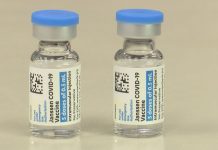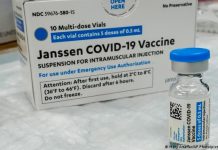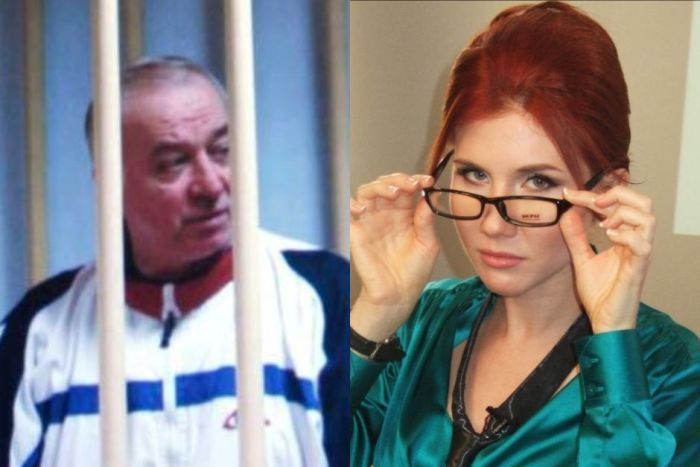ZURICH Pharmaceuticals giant Novartis is pinning its hopes on a 43-year-old Harvard cancer research star to help fill gaps in its immuno-oncology arsenal after “missing the boat” on some promising therapies.
James “Jay” Bradner, from Harvard’s Dana-Farber Cancer Institute, will head Novartis Institutes for Biomedical Research starting on March 1. He will replace Mark Fishman, who is retiring after leading Novartis research in Cambridge, Massachusetts, for 13 years.
Under Fishman, Novartis successfully broadened its drug pipeline as its scientists shifted their focus to understanding disease, rather than merely unleashing batteries of chemicals on a target in hopes of finding one that works. In “CART therapy,” it is a leader in supercharging T cells to find and kill cancer.
But the Basel-based company also failed to keep pace with Merck, Bristol-Myers and archrival Roche on “checkpoint inhibitors” against slippery tumors that hide from the immune system, a market worth tens of billions.
“They completely missed the boat,” said Michael Nawrath, a Zuercher Kantonalbank analyst. “Jay Bradner may come from Dana-Farber, but his pedigree is that of somebody who knows how you take new scientific developments and commercialize them, and how you collaborate.”
Bradner, on Dana-Farber’s blood cancer staff, has helped launch several start-ups aiming to commercialize his lab’s discoveries, giving Novartis hope that it has landed a research boss who combines business acumen with the scientific skills to help it regain lost ground.
In U.S. research circles, Bradner has star status.
A “TED Talk” he gave in Boston in 2011 where he made the case for more industry and academic collaboration to speed drug discovery has been viewed more than 466,000 times. In it, he champions his lab’s decision to share a formula for a promising molecule with dozens of others.
“A DARK ART”
“What would a drug company do at this point? Well, they probably would keep this a secret,” Bradner told the audience. “We did just the opposite. We gave the world the chemical identity of this molecule.”
In a 2012 Atlantic Monthly article, he labeled drug discovery “a dark art performed behind closed doors with the shades pulled”.
Analysts said this contrarian approach could be just what is needed at Novartis, where Bradner will oversee 6,000 doctors, researchers and staff in the United States, Switzerland and Asia.
“If he’s controversial, questioning what ‘Big Pharma’ does, then all the better,” said Fabian Wenner, a Kepler Cheuvreux analyst. “That can only benefit Novartis going into the next decade where we’re going to be looking at much more concentrated payer power and pricing pressures.”
Chief Executive Joe Jimenez hinted in October that Bradner’s “open-source approach,” borrowed from the software industry, was one reason he was hired.
“He’s very … agnostic as to where a technology rests, whether it’s in academia or in another company or in our company,” Jimenez said. “So you could see a much more open view of where we’re going to source new technologies.”
Fishman, a cardiologist paid about $8 million annually, has led Novartis’s push into CART therapy, which extracts immune system T cells from patients, re-engineers them to spot and destroy cancer cells, and infuses them back.
Novartis aims for 2017 approval, initially for the deadly blood cancer lymphoblastic leukaemia.
Still, it lags rivals armed with PD-1 and PD-L1 checkpoint inhibitors to fight tumors that evade the body’s natural defenses. Merck’s Keytruda is on the market, as is Bristol-Myers’ Opdivo, while Roche aims for approval in 2016. Pfizer and AstraZeneca are also pursuing compounds.
Novartis declined to make Bradner or Fishman available for this article.
(Editing by Estelle Shirbon)












